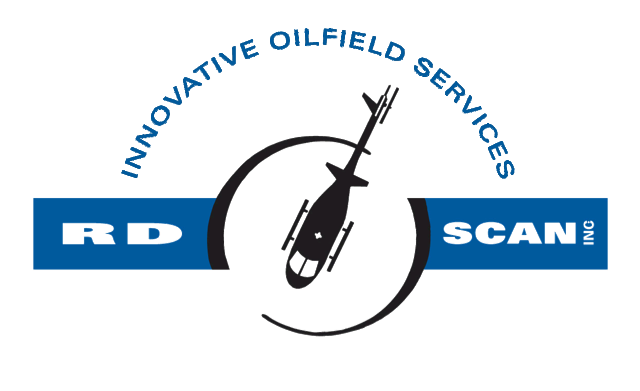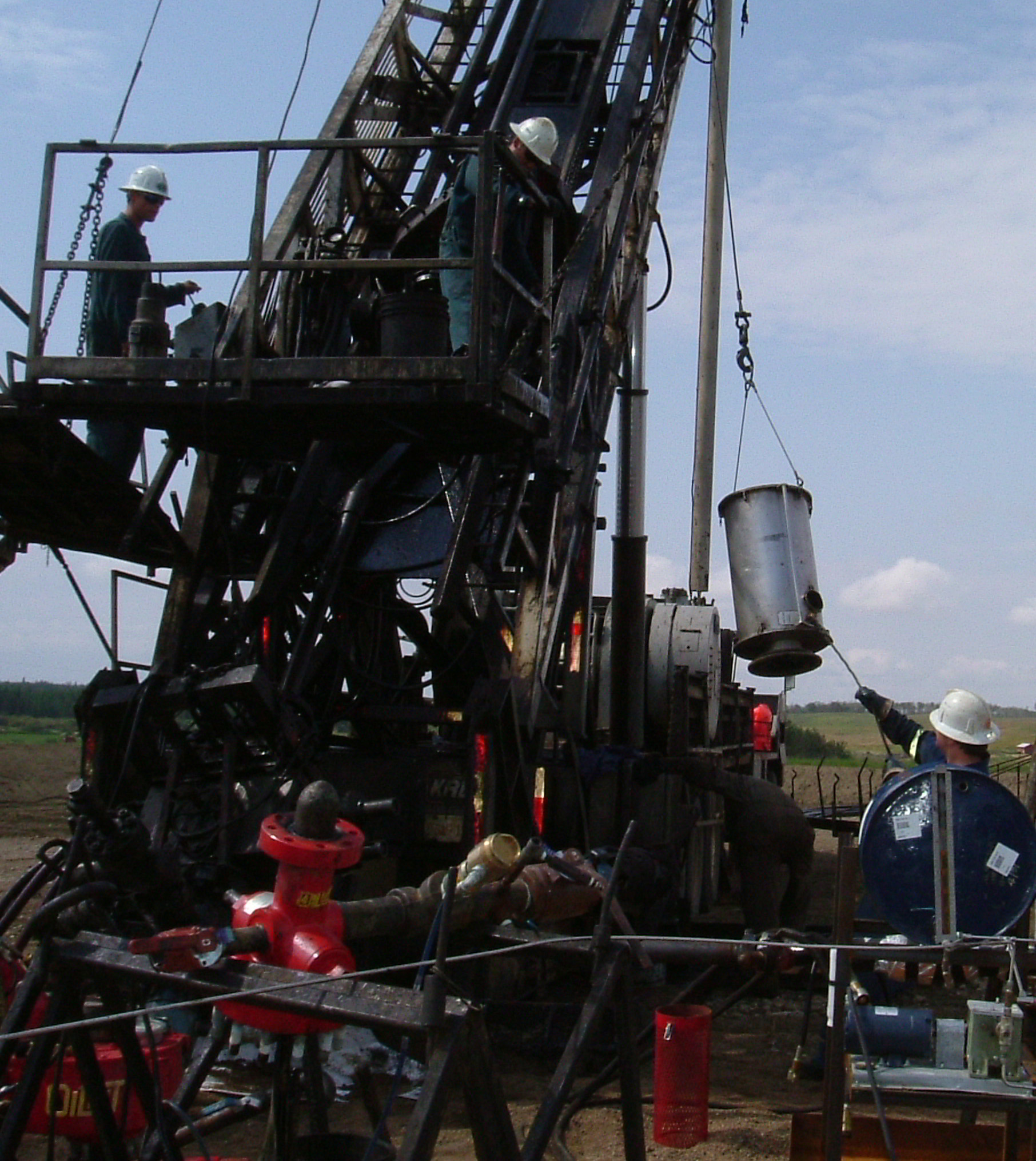



The heart of our service is the ScanNex scanner. Based on magnetic flux leakage and flux deviation/redistribution principles with microprocessor controlled solid state sensor arrays, these units provide highly reliable and repeatable quality inspections. The ScanNex system has been tried and tested by different oil companies and has excelled over competitive wellhead inspection systems.
We, at RD Scan Inc., own and operate this exclusive technology. The ScanNex system was developed with the help of local engineering firms and with implementation suggestions from well service and major and independent oil companies, combined with many hours of personal hands-on experience. We develop, manufacture, service and maintain all our equipment to ensure the highest quality and integrity.
RD Scan Inc.’s ScanNex tubing scanner system uses the latest technology to provide the highest inspection quality at a very competitive price. A magnetic field is induced into the tubular as it is pulled through the ScanNex unit. Detection shoes containing sensors ride on the outside surface of the tubing being scanned. Magnetic flux leakage and deviation/redistribution caused by anomalies in the tubing are detected by the sensor arrays. The sensor information is sent to a computer in the truck where the data is analyzed, graphed, interpreted and stored. The ScanNex patented technology provides 100%25 circumferential coverage of the tubing and detects pitting, corrosion, wall erosion, cuts, holes, longitudinal splits and rod wear on every scan. Disposal, gas, and oil wells can all be accurately and safely scanned.
The ScanNex computer software was developed to control the ScanNex units and provides ongoing diagnostics of accuracy ensuring the integrity of the data.
Our ScanNex scanning system is truly speed independent. The tubing can be pulled out of the well at regular rig speeds and the readings will be exactly the same regardless of pulling speed. This is an important consideration when taking into account that the speed is not constant even while pulling a single joint. The initial pull is slow and then progressively quickens and then slows down again nearing the end of the pull.
Since the ScanNex scanners are light, they can either sit on the rig floor or partially/completely below the rig floor and sit on the gate of the slips having minimal or no impact on actual rig service jobs.
Tubing can be tripped through the ScanNex scanner either coming out of the well or on the way in the well.
Click here for our technical documentation (pdf)